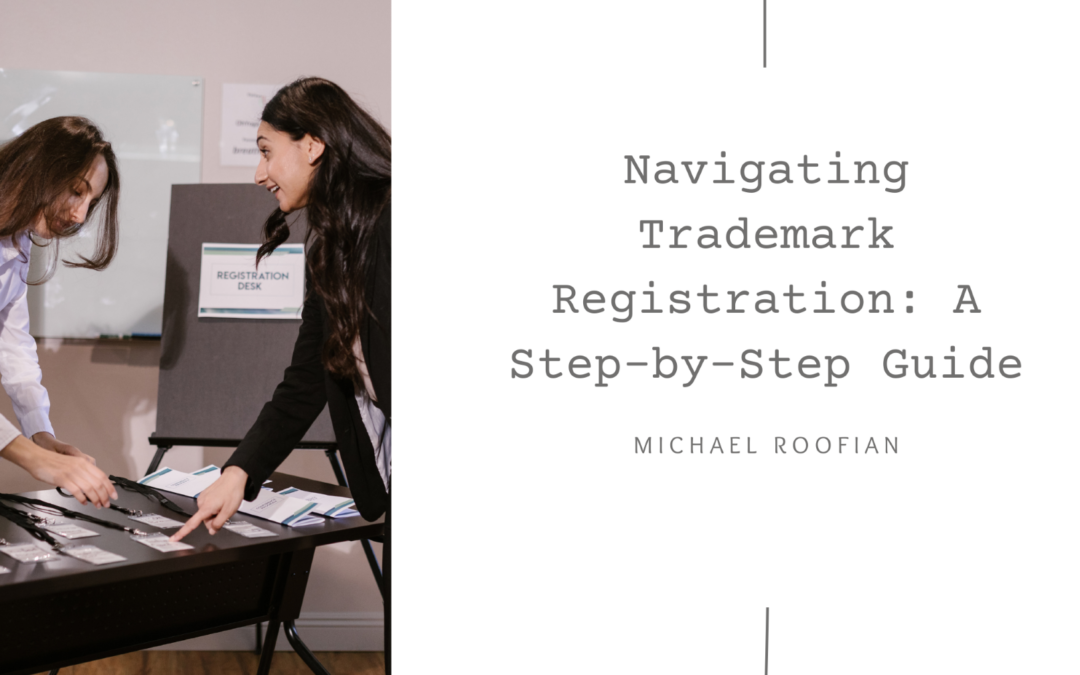In the competitive business landscape, a trademark is a valuable asset that distinguishes a brand and builds consumer trust. Trademark registration is a critical step to protect the uniqueness and identity of your brand. In this blog, we’ll navigate the essential steps of trademark registration, offering a comprehensive guide for businesses seeking to safeguard their brand.
Conduct a Comprehensive Trademark Search: Before registering, it’s crucial to conduct a thorough trademark search. This involves checking existing trademarks to ensure your desired mark is unique and doesn’t infringe on existing registrations. Online databases, professional search services, and legal assistance can aid this initial step.
Identify Goods and Services for Registration: Clearly define the goods and services associated with your trademark. The scope of protection a trademark provides is limited to the specific categories of goods and services listed in the application. Precisely identifying these categories ensures comprehensive security for your brand.
Draft a Strong Trademark Application: A well-crafted trademark application is critical to a successful registration. Provide a clear representation of your trademark, whether a word mark, logo, or combination. Clearly describe the goods and services and ensure the application adheres to the legal requirements of the trademark office.
Submit the Trademark Application: Submit your trademark application to the relevant intellectual property office. The submission process may vary depending on the jurisdiction, but it typically involves filling out an application form, paying the required fees, and providing all necessary supporting documents.
Examination by Trademark Office: After submission, the trademark office will examine the application to ensure compliance with legal requirements. This includes assessing the uniqueness of the mark and its eligibility for registration. If the application meets all criteria, it proceeds to the next stage.
Registration and Maintenance: The trademark is registered if no opposition is filed or successfully overcome. The registration provides exclusive rights to use the mark for the specified goods and services. To maintain the registration, businesses must comply with renewal requirements, which typically involve periodic renewals and continued use of the mark.
Consult with Legal Professionals: While the trademark registration can be navigated independently, consulting with legal professionals specializing in intellectual property law is highly recommended. Legal experts can provide tailored advice, ensure compliance with regulations, and offer guidance on optimizing the protection of your brand.
